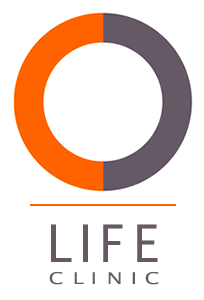TSI Cycle Monitoring / Ovulation Induction
Ovulation Induction with Timed Sexual Intercourse (TSI) is a simple treatment which is suitable for women who have ovulatory problems – such as irregular cycles or anovulation (do not ovulate) as these women do not regularly develop mature follicles themselves. It can also help women who have hormonal disorders or polycystic ovarian syndrome (PCOS).
When a woman is ovulating normally, an egg is released from the ovary during each menstrual cycle. Eggs develop inside fluid-filled sacs, called follicles. Just prior to ovulation, follicles reach a size of around 20mm and are visible on a transvaginal ultrasound scan. Ultrasound scanning can be used effectively to monitor follicle growth and predict ovulation as part of Ovulation Induction treatment and this is what is referred to as Follicle Tracking.

What does TSI and Ovulation Induction involve?

Ovulation Induction (OI) is a simple treatment that involves stimulating the ovaries (with fertility medication) to produce a small number of eggs, and to allow fertilisation to occur by natural intercourse or Intra-Uterine Insemination (IUI) / IVF.
Hormone levels and follicular development are monitored carefully throughout the treatment cycle (follicle tracking) using ultrasound scans to determine when a woman is most likely to ovulate (a woman’s most fertile time). OI cycles are followed by a hCG injection to induce ovulation. The timing of sexual intercourse can then be advised or Intrauterine Insemination (IUI) or IVF can be performed at the ideal time.
This is a delicate and closely monitored procedure that requires sexual intercourse or insemination to be perfectly timed to coincide with ovulation. Close and detailed monitoring of the response to this treatment is essential to ensure the highest chances for a successful pregnancy and also to avoiding overproduction of eggs and risk of multiple pregnancy.
Success rates for ovulation induction do vary but can be the right solution for some cases. At Life Clinic, the first step would be a complete investigation for each woman, or couple, and according to the findings we will recommend the most appropriate treatment.



